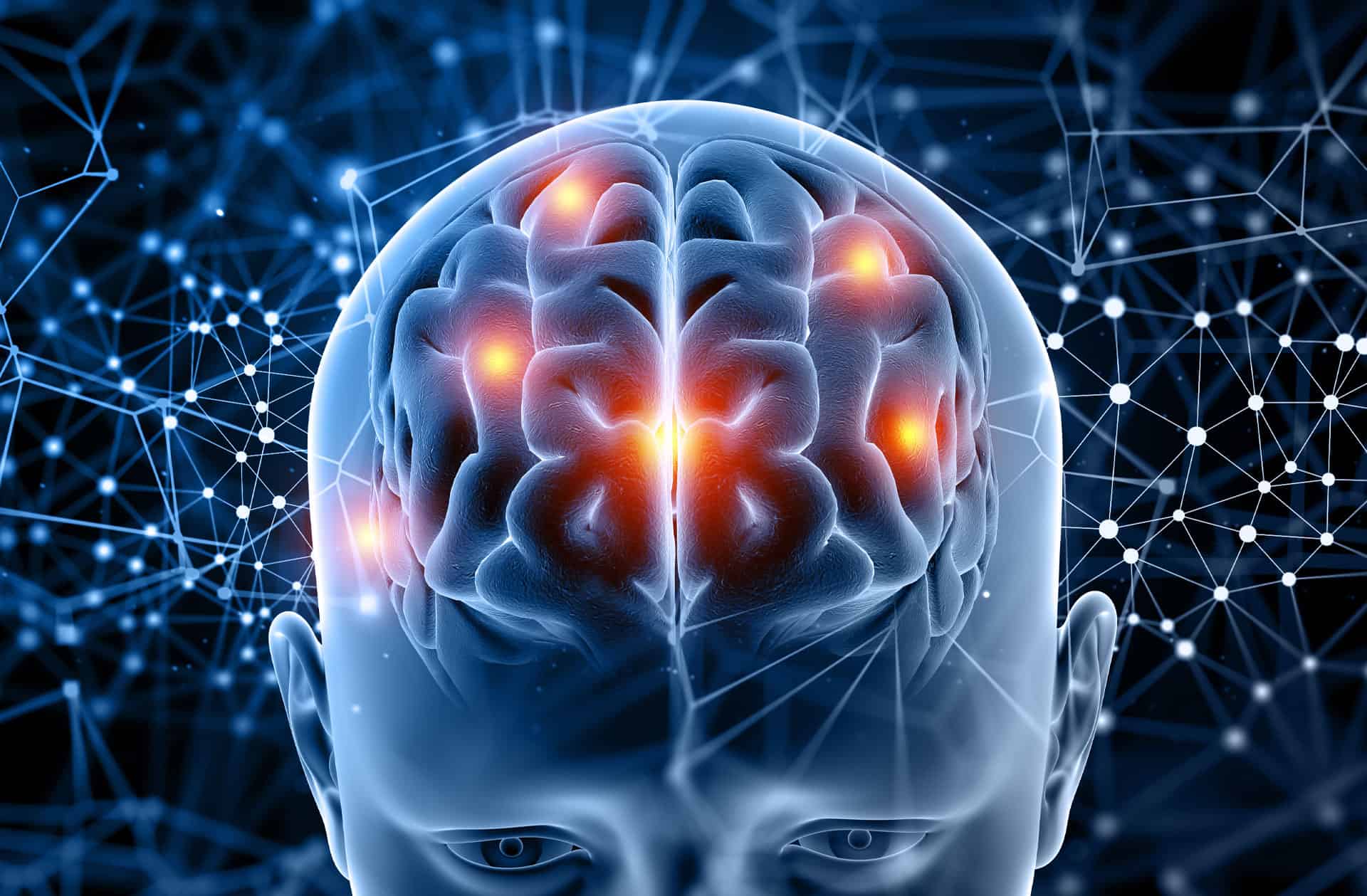
Ketamine and ketamine addiction – what’s the history? Ketamine was originally used as a horse tranquilliser. It can also be referred to as Vitamin or Super K, K, Ket, Special K, Green, Wonk or Donkey Dust. Ketamine is normally sold on the street as a grainy white powder. Though sometimes it can be slightly brown. It can come in tablet form, but this is rare. And it can also be available in liquid form but this is normally for legitimate medical use. It does not have a pleasant taste. And it is bitter. It has an anaesthetising effect. It can also have what is known as a disassociative effect – when you feel out of your own body.
Ketamine – uses and effects
Most people who take powder ketamine snort it. Users often talk of taking a ‘bump’, meaning they snort a small amount of ketamine. However, as its addictive nature takes hold, snorting it will not give sufficient impact. And some hardened addicts will end up injecting it into a muscle to get a bigger hit. In the rare instances that tablets are available, these are just swallowed. As is the case if people ‘bomb’ it – wrapping the powder in cigarette paper and swallowing it.
As already noted above, ketamine has an anaesthetising effect. It reduces sensations in the body and the effect can last for a couple of hours. Ketamine can make you feel confused and nauseated and cause hallucinations. However people obviously take it for what they perceive to be positive reasons. And these are that it can make you feel relaxed and happy, and stop you feeling pain. Though of course if you then do anything that causes pain, you would not notice and so can damage yourself without realising it. You can also feel dream like and detached, with no perception of time and space. You may appear confused and talk nonsensically. In the same way as many other drugs, ketamine allows you to escape reality and run away from your own feelings.
Ketamine addiction – side effects
If you take too much ketamine you may go into what is known as a ‘k-hole’. You may lose the ability to move and feel like your mind and body have separated. You will feel unable to change this feeling which can be frightening.
Ketamine can cause an increase in heart rate and blood pressure. It can make you delirious and disconnected from reality. It can cause temporary paralysis and nausea. Regular ketamine use can cause memory damage, agitation, panic attacks, low mood and depression. It can cause serious urinary tract and bladder problems, permanently shrinking the size of the bladder to as little as the size of a coin. It can also cause liver damage and abdominal problems such as cramping (k-cramps).
Ketamine addiction – psychological dependency
Street ketamine can be mixed with other substances and powders, to bulk it out and increase the dealers profits. It is impossible to know what it might be mixed with and the damage the mixing substance might cause.
Ketamine can be fatal especially if mixed with other drugs. Mixing with alcohol, benzos (eg diazepam) and opiates could cause you to become comatose and choke on your vomit. Mixing with ecstasy or speed / amphetamines could cause dangerously high blood pressure. And mixing with cocaine could cause a dangerously high heart rate.
Although ketamine is highly addictive, there are no physical withdrawal symptoms if you stop taking it after regular use. However this is a lot harder than it sounds as there will be a psychological dependency. You may need to go to a rehab clinic in order to deal with your ketamine addiction and the reasons for it.
Drug addiction in general can have many harmful effects.
